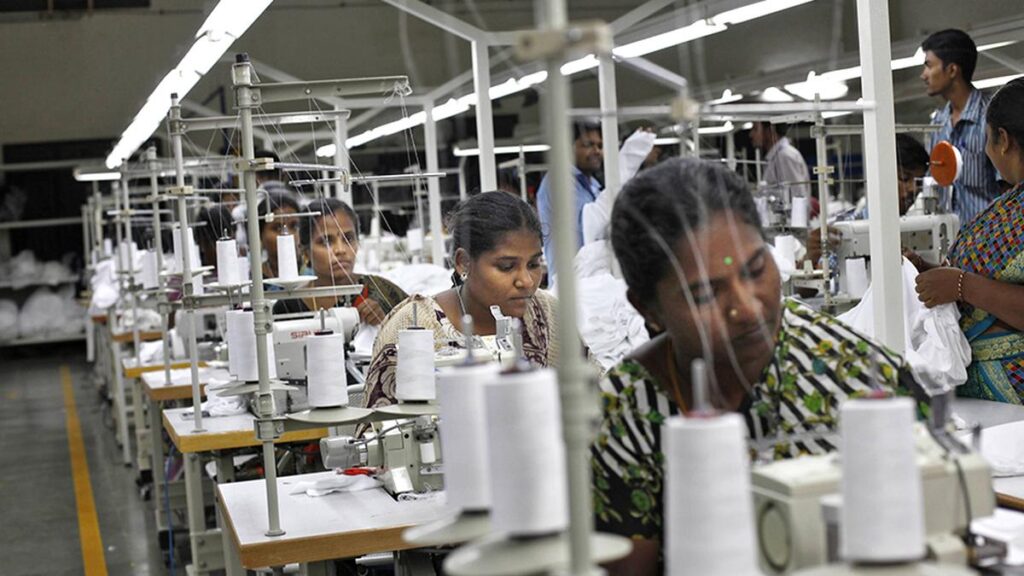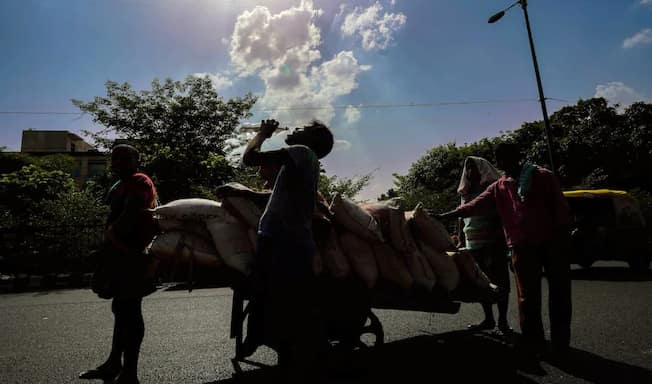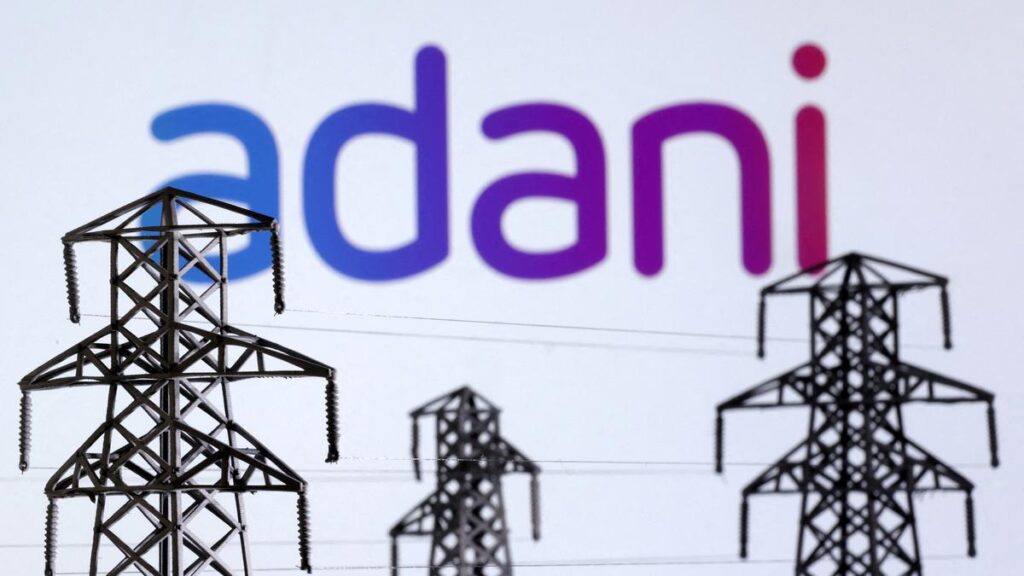The Indian economy is growing at a robust pace and will not face any challenge in achieving a growth rate upwards of 6.5% in the current financial year, RBI Monetary Policy Committee (MPC) member Nagesh Kumar said on Sunday (July 27, 2025).
Mr. Kumar, in an interview with PTI Videos, further said that the Indian economy, among all economies, continues to remain a bright spot for the world.
“Actually, more than a third of global economies are under the debt crisis…The industrialised economies are facing a lot of pressure, high inflation and the slowdown of economic growth,” he said.
But because the Indian economy is more driven by domestic consumption and domestic investment, and less by export or trade, Mr. Kumar said India continues to grow very robustly.
“I do not see any challenges in the Indian economy achieving upwards of 6.5% kind of growth in the current year and the following year. And, you know, hopefully this kind of growth momentum will continue for coming years but also be over time strengthened to 7-7.5%,” he said.
Also read: India to grow at 6.5% in FY26: EY Report
The Indian economy is estimated to have grown at 6.5% in the previous fiscal year.
As per the Reserve Bank of India’s projections, the country’s economy will expand at the same rate in the current fiscal year as well.
Responding to a question on inflation, Mr. Kumar said the current rate of CPI inflation is around 2% and this is largely a result of the policy adopted by the MPC (monetary policy committee) or RBI, and now it has come down to within the target range.
Asked if there is room for the RBI for further rate cuts, he said, “It will depend on all different macro numbers, not just inflation numbers. If inflation comes down to 2% in one month, then it does not mean that it will stay there.”
The RBI has cut the key rates by 1 percentage point this year, and official data pointing to headline inflation cooling to 2.1% in June against the 4% target has led to expectations of further easing.
The six-member monetary panel of the RBI is expected to announce its next bimonthly policy in August.
“So, MPC will have to look at trend projections, not only inflation data but all other macro-parameters and reach a conclusion on the basis of what the trends and patterns look like,” Mr. Kumar observed.
The RBI has been tasked by the government to ensure retail inflation remains at 4% with a margin of 2% on either side.
Responding to a question on India’s proposed Bilateral Trade Agreement (BTA) with the U.S., Mr. Kumar said, “If we can get through this agreement, then we will get access to America’s vast market in the labour-intensive sector where India has a competitive advantage because of our abundant labour resources.”
Mr. Kumar pointed out that India has some concerns about opening up its agriculture sector, the dairy sector and a few others.
Noting that trade negotiations are based on give and take, he said, “Supposing certain things, we agree to open up but there could be a quota placed, which will limit the tariff advantage given to the partner only for a limited quantity.”
So, Mr. Kumar said, there are various ways to manage a trade negotiation and he is sure that Indian negotiators are trying to protect the country’s interests in the best possible manner while also getting access to some of the labour-intensive goods markets.
U.S. President Donald Trump has said the proposed trade deal with India would be on the lines of what America has finalised with Indonesia on Tuesday (July 22, 2025).
Under the U.S.-Indonesia trade pact, the Southeast Asian nation will provide complete access to its market to U.S. products, while Indonesian goods would attract a 19% duty in America.
In addition, Indonesia has committed to purchasing $15 billion in U.S. energy, $4.5 billion in American Agricultural Products, and 50 Boeing jets.
India has hardened its position on the U.S. demand for duty concessions on agri and dairy products. New Delhi has, so far, not given any duty concessions to any of its trading partners in a free trade agreement in the dairy sector.
India is seeking the removal of the additional tariff of 26% announced by the U.S. in April. The implementation of the additional tariff has been suspended until August 1, 2025.
India is also seeking an easing of tariffs on steel and aluminium (50%) and the auto (25%) sectors. Against these, India has reserved its right under the WTO (World Trade Organisation) norms to impose retaliatory duties.
Responding to a question on the surge in net outward foreign direct investment (FDI), Mr. Kumar said as far as gross FDI numbers are concerned, they have shown a good increase from $71 billion to $81 billion in 2024-25.
“Net FDI inflows look smaller because there have been a lot of repatriations… I am not too concerned about outflows of repatriation, as long as the gross inflows keep growing, which they are at this moment,” he said.
Mr. Kumar asserted that the continued good and robust performance of the Indian economy will continue to attract global companies to India, and the FDI outlook for the country will remain very positive and will attract more and more FDI inflows in the coming year.
According to UNCTAD’s latest World Investment Report, global FDI flows declined by 11% to $1.5 trillion in 2024, marking the second straight year of decline.
Published – July 27, 2025 01:35 pm IST





